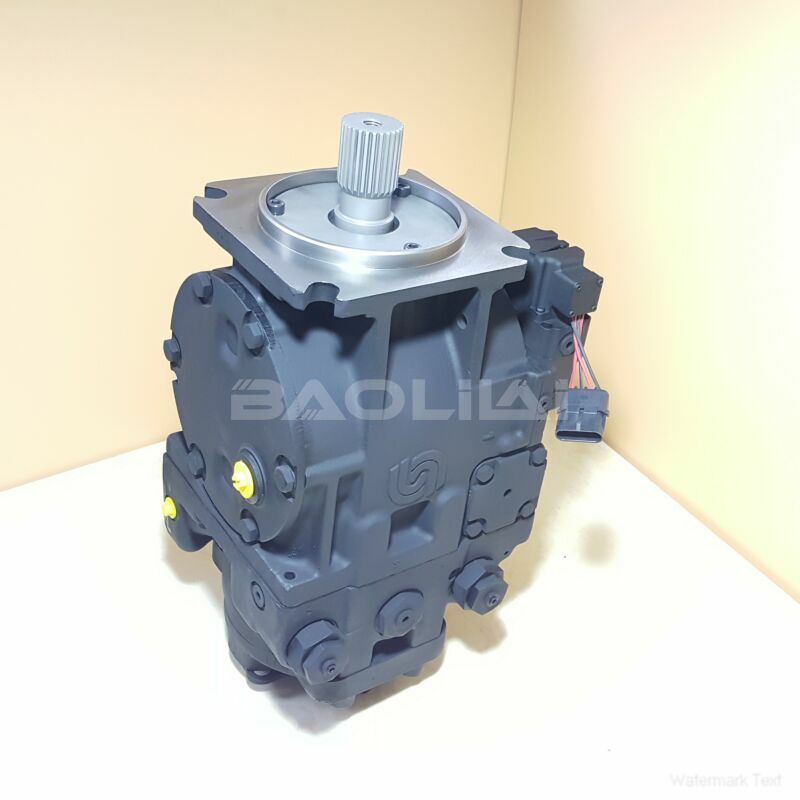90L130MA5NN80L3F1FC5GBA353524 hydraulic pump
90L130MA5NN80L3F1FC5GBA353524 hydraulic pump

- Product Details
- Applicable Scene
Cavitation in hydraulic pumps is a serious phenomenon that can lead to reduced efficiency, increased wear, and ultimately pump failure. It occurs when the pressure in the pump drops below the vapor pressure of the hydraulic fluid, causing the formation of vapor bubbles. These bubbles can collapse violently, causing shock waves that can damage the pump’s components. Therefore, recognizing and preventing cavitation is essential for maintaining the performance and longevity of hydraulic systems.
90L130-MA-5-NN-80-L-3-F1-F-C5-GBA-35-35-24
90L130MA5NN80L3F1FC5GBA353524
Recognizing Cavitation

702676
Unusual Noise: One of the most common indicators of cavitation is a distinct noise resembling gravel or marbles floating inside the pump. This noise stems from the formation and collapse of vapor bubbles within the hydraulic fluid.
Vibration: Increased vibration levels may accompany cavitation. Monitoring vibration patterns can help identify the presence of cavitation, as it disrupts the smooth operation of the pump.
Reduced Performance: Cavitation typically manifests as a decrease in pump performance, such as reduced flow rates or lowered pressure. If these parameters suddenly change without any adjustments to the system, cavitation may be the cause.
Increased Temperature: The collapsing bubbles can generate excessive heat, which may lead to overheating of the hydraulic fluid. An unexpected increase in temperature can be a signal for cavitation.
Physical Inspection: Regular inspections of the pump and its components are essential. Look for signs of wear or pitting on impellers and other surfaces, as these can be telltale signs of cavitation damage.
Preventing Cavitation
Proper System Design: Ensure that the hydraulic system is designed to maintain adequate pressure across all components. This includes calculating Net Positive Suction Head (NPSH) and ensuring that the pump is not operated at a level that would allow pressures to drop too low.





